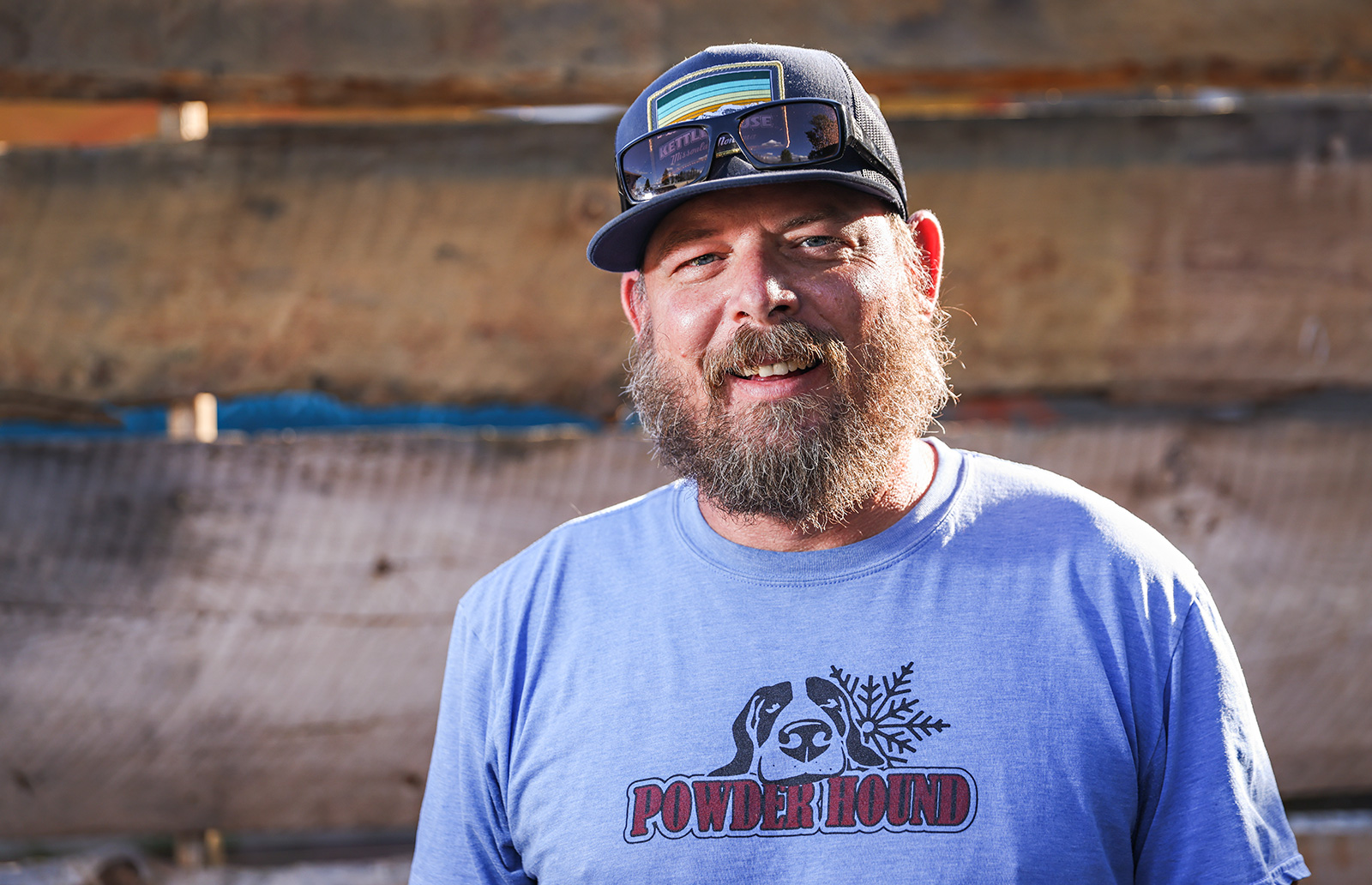Whitefish Workforce Housing Project Holds First Community Forum
Local stakeholders launch grassroots effort to attain more employee housing in order to accommodate surge in visitation
By Skye Lucas
Whitefish community members gathered to discuss the urgent matter of workforce housing Sept. 1 on the back patio of Montana Tap House, where posters stapled to picnic tables broadcast a call to arms — “Workforce Housing Project: If we don’t do it, we lose it.”
Ed Docter, a Whitefish local and the owner of Tamarack Ski Shop and Montana Tap House, hosted the inaugural gathering, which is slated as the first of many weekly meetings lined up for the Whitefish Workforce Housing Project (WWHP). At this week’s forum, Docter updated concerned locals about possible solutions to the housing crisis, as well as the costs of expanding the inventory of employee housing. Other notable Whitefish business leaders helping lead the charge are Doug Rommereim, owner of the Great Northern Bar and Grill, and Jared Zuege, owner of Markus Foods.
Since the grassroots effort began in late July, Docter and co-leaders, Casey Malmquist, president of KCM Enterprises Inc., and Toby Scott, a Montana-based record producer and Whitefish Planning Board member, have located a piece of land suitable to house up to 500 employees. If the proper zoning amendments are approved, WWHP seeks to build several dormitories south of town.
Organizers have also since met with Tracy McIntyre, executive director of the Montana Cooperative Development Center. McIntyre, who specializes in strategic planning, will advise the community group on sustainable workforce infrastructure and viable government collaboration.
The most immediate obstacles include zoning and funding, Docter said, adding that overall cost estimates for a project of this magnitude will likely approach millions of dollars. As ambitious as the project may seem at first blush, its leaders believe there are financial incentives to support their goal.
“It costs a lot of money,” Docter said. “But I’ve done the numbers, and each employee makes me close to $8,000 a month, and I have 24 employees, so this plan is not beyond our financial capacity.”
Next steps include WWHP emphasizing the severity of the issue to other local establishments and stressing the long-term benefits of a solution. Docter also suggested that locals should attend city council meetings in order to secure proper zoning approval so that construction can begin once funding is secured.
After WWHP’s objectives were outlined at its Sept. 1 meeting, attendees discussed immediate alternatives. Stacey Ingham, owner of Indah Sushi, expressed the possibility of housing employees in town through existing properties: “Could we gather big investors who could put together a small fund to buy out existing homes in Whitefish?”
Another attendee voiced a similar grassroots idea: “I think everyone knows somebody that knows somebody with a house that they AirBnB. Can’t we ask them?”
At the meeting, Eli Nagle, a veteran and chef at Abruzzo Italian Kitchen, expressed the painstaking constraints the housing shortage has had on his overall mental health.
“Many of my friends and I are burnt out,” Nagle said. “It’s hard to find balance when the fear of losing a rental weighs on my coworkers’ minds.”
Nathan Dugan, a Whitefish resident, emphasized the importance of tackling the housing shortage from all angles, including the development of more Accessory Dwelling Units (ADUs).
Whitefish City Council will approve more ADUs, but proposed changes to the town’s code have no rules to ensure that the units are rented affordably. Dugan said such limitations would allow housing inequities to proliferate.
“I don’t think that many people will voluntarily deed restrict their properties,” Dugan voiced. “With at least 10 people at the next city council meeting, we can get them to consider to do away with owner-occupancy requirements.”
After the hour-long meeting, many attendees left with a renewed awareness that outreach was the next step toward solving the workforce housing crisis.
“While we get this project off the ground, we need everybody’s help,” Docter said. “Show up to City Council meetings and get involved with us. If we’re loud enough, maybe residents and homeowners will open their homes and hearts.”
To stay up to date on the Whitefish Workforce Housing Project, join the email server [email protected] or visit its Facebook page.
To learn more about ADU restrictions in Whitefish contact Nathan Dugan, [email protected]